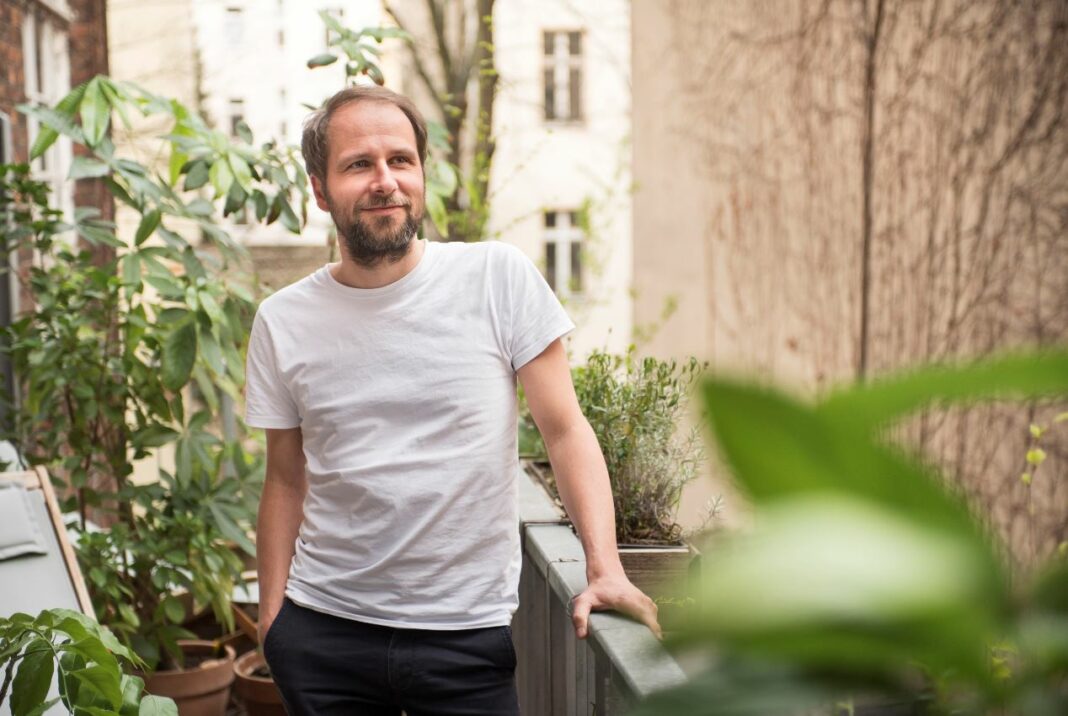Seattle’s Allen Institute launches ‘moonshot’ to create new approach to cell biology research
Human cells, like the people they create, are dynamic and complex. And while researchers can create images and videos of how they move, organize and change their properties, it’s hard to efficiently and accurately describe all that’s happening. So a 75-person team at Seattle nonprofit Allen Institute is embarking on a 10-year project called CellScapes to devise a new language using mathematics to capture these essential processes. “This is a new way of approaching very fundamental cell biology,” Ru Gunawardane, executive director and vice president of the Allen Institute for Cell Science, told GeekWire. “We want to combine math and… Read More


Human cells, like the people they create, are dynamic and complex. And while researchers can create images and videos of how they move, organize and change their properties, it’s hard to efficiently and accurately describe all that’s happening.
So a 75-person team at Seattle nonprofit Allen Institute is embarking on a 10-year project called CellScapes to devise a new language using mathematics to capture these essential processes.
“This is a new way of approaching very fundamental cell biology,” Ru Gunawardane, executive director and vice president of the Allen Institute for Cell Science, told GeekWire. “We want to combine math and biophysical modeling, which are things that people are doing right now, but in a siloed way in very different systems.”

The Allen Institute was founded more than 20 years ago by the late Microsoft co-founder Paul Allen and his sister Jody Allen to dive into challenging problems in the biosciences.
Previous efforts at multiple institutions have created numerical systems for understanding biological processes. That includes BayesSpace, a computational tool that produces data on gene expression in mixed cell types that developed researchers at the Fred Hutch Cancer Center. The Allen Institute has engineered modeling for organelles, which are the various machines packed inside cells that make proteins, produce energy and perform other key operations.
“The exciting thing is that we are trying … to bring different disciplines together,” Gunawardane said, “because data is everywhere — but how do you make sense out of that data?”
The CellScapes researchers are working with human stem cells, which are cells that don’t yet have a set identity as, say, a skin or liver cell. The hope is through analysis and experimentation they’ll devise mathematics that describe the cell’s behavior, ultimately allowing them to predict and manipulate what the cells do.
A primary goal would be to use these tools to unravel mysteries such as the intermediate steps to developing cancer, and ultimately discover new cell therapies.
“It’s a lot like astronomy and going from ‘which planet is that dot in the sky’ to ‘what are the laws of motion that describe all moving objects?’” said Wallace Marshall, professor of biochemistry and biophysics at the University of California, San Francisco, and a CellScapes advisor, in a statement.

The Allen Institute will make its data and innovations in the space publicly available, Gunawardane said, and expects to collaborate with researchers at outside institutions. The research team includes software engineers, computational biologists, program managers and others.
There is no set budget for the decade-long effort, and the CellScapes team is simultaneously pursuing three projects that are part of the broader initiative. The effort already has a scientific paper accepted by the journal Nature that will be published in coming months.
It’s an exciting time, Gunawardane said.
“I also feel a huge responsibility,” she said, “because Paul [Allen] is not alive anymore, but our work is his legacy, and he asked us to break the code of the cell. And in a way, the code is very complicated — it’s more like a program, the cellular program.
“So I feel like we are now actually at the brink,” she said, “of knowing maybe how to approach that.”


















































![[Weekly funding roundup May 10-16] Large deals remain a no-show](https://images.yourstory.com/cs/2/220356402d6d11e9aa979329348d4c3e/Weekly-funding-1741961216560.jpg)







































































![Epic Games: Fortnite is offline for Apple devices worldwide after app store rejection [updated]](https://helios-i.mashable.com/imagery/articles/00T6DmFkLaAeJiMZlCJ7eUs/hero-image.fill.size_1200x675.v1747407583.jpg)











































.jpg)
















